Septic Service Scheduling Tips
Septic service scheduling depends on several factors including tank size, household usage, and local regulations. Regular maintenance ensures proper function and prevents costly repairs. Typically, septic tanks should be inspected and pumped every 3 to 5 years to maintain optimal performance.
Spring is an ideal time for septic service after winter, when heavy usage may have accumulated debris.
Scheduling septic service before winter helps prevent freezing issues and ensures system readiness.
After building or renovations, septic systems should be inspected to handle increased usage and debris.
Routine pumping and inspection are recommended within this interval for most systems.

Regular inspections help identify potential issues early.
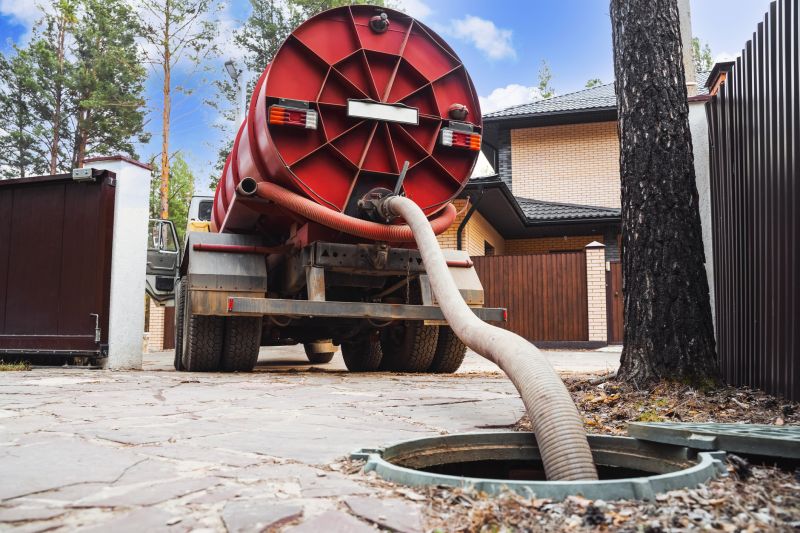
Professional pumping ensures proper removal of sludge and scum.
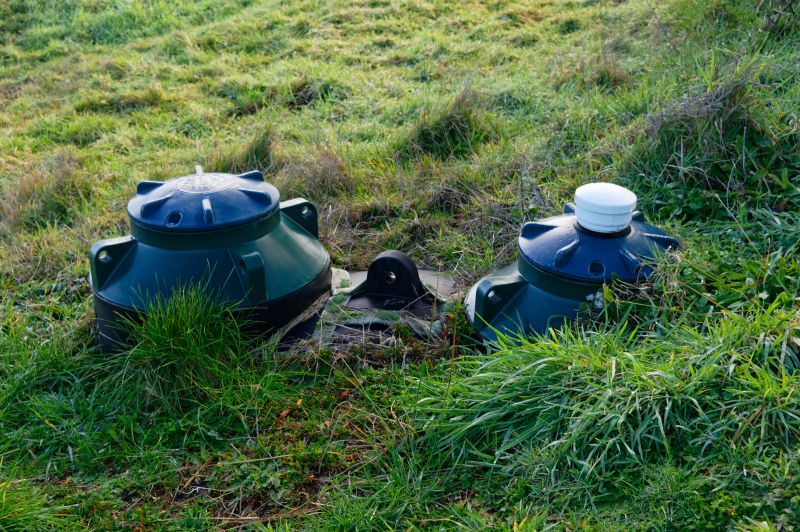
Understanding system parts aids in proper maintenance.

Ways to make Septic Service work in tight or awkward layouts.
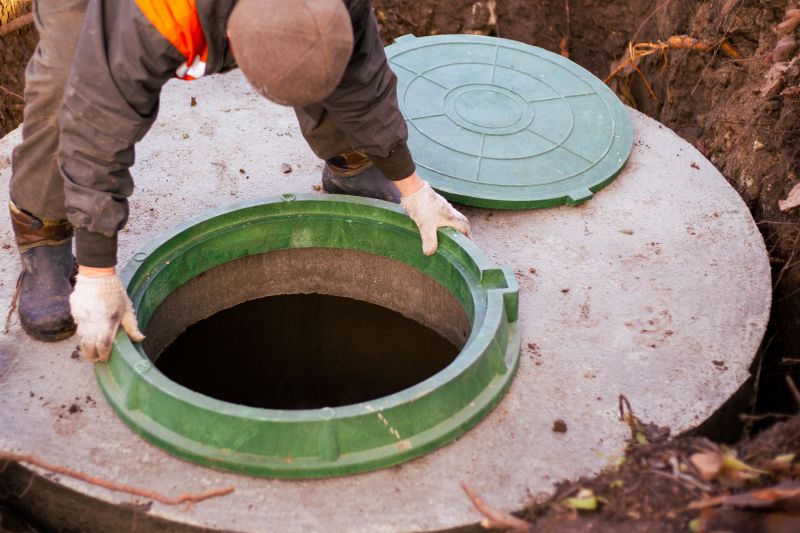
Popular materials for Septic Service and why they hold up over time.
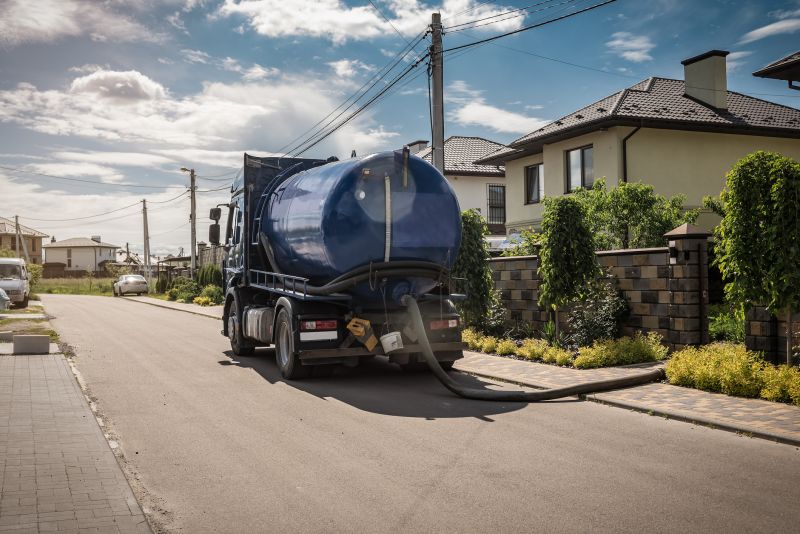
Simple add-ons that improve Septic Service without blowing the budget.
Septic service plays a crucial role in maintaining the health and functionality of onsite wastewater treatment systems. Proper scheduling prevents system failures, reduces the risk of backups, and extends the lifespan of the septic system. Regular maintenance also helps avoid costly repairs and environmental issues caused by malfunctioning systems.

Specialized trucks and tools are used for efficient servicing.

Scheduled maintenance ensures system reliability.

Advanced technology helps detect problems early.

Properly maintained systems operate smoothly.

High-end options that actually feel worth it for Septic Service.
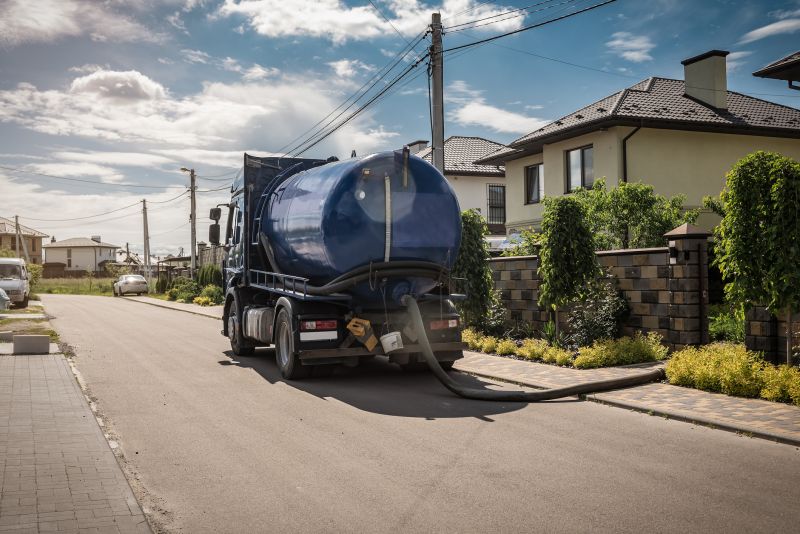
Finishes and colors that play nicely with Septic Service.

Little measurements that prevent headaches on Septic Service day.
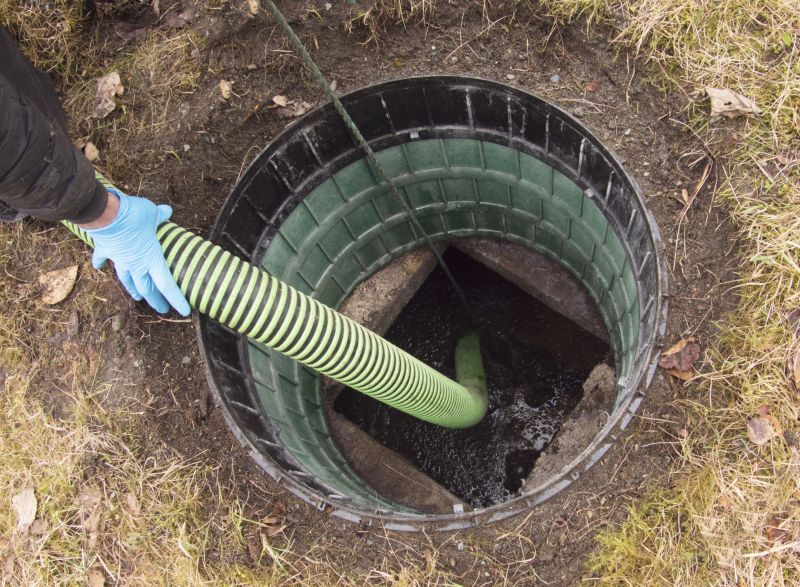
A 60-second routine that keeps Septic Service looking new.
| Optimal Time for Septic Service | Notes |
|---|---|
| Spring | After winter, to prevent freezing and clear debris. |
| Pre-Winter | Before cold weather begins, for system readiness. |
| Post-Construction | Following building projects or renovations. |
| Every 3-5 Years | Routine schedule based on usage and tank size. |
| Dry Seasons | During periods of low rainfall for thorough servicing. |
Scheduling septic service at appropriate times ensures system longevity and optimal performance. Regular inspections and maintenance can identify potential problems early, saving money and preventing environmental hazards. For residents in San Leandro, CA, adhering to recommended schedules supports effective wastewater management.

